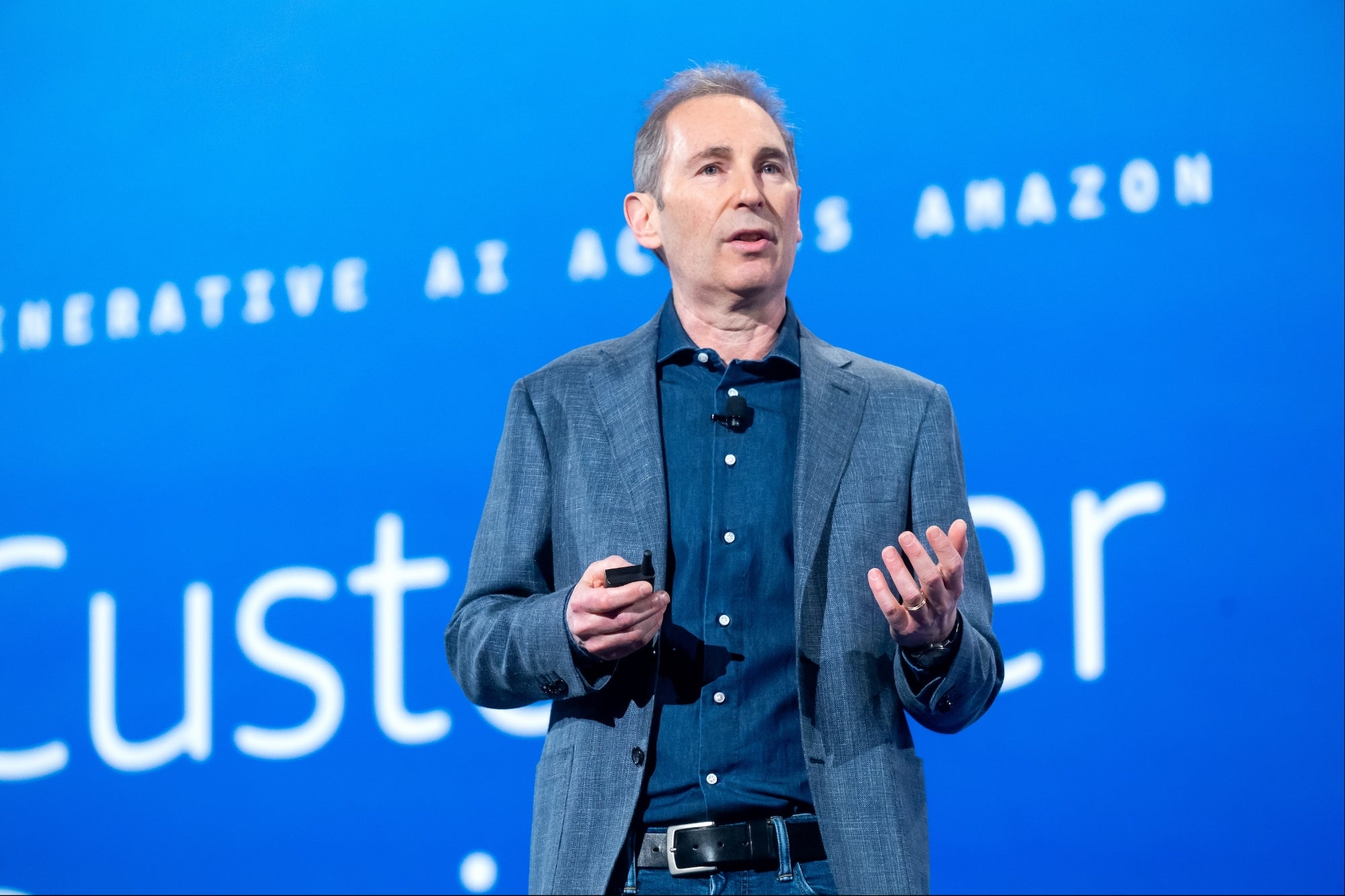Creating an Army Of Digital Banking Literates Establishing the infrastructure for the future of banking and financial services is a necessity. Nevertheless, the growth of this sector depends on improved technical capacity and digital proficiency. Although the use of technology is progressing, digital literacy is lagging
Opinions expressed by Entrepreneur contributors are their own.
You're reading Entrepreneur India, an international franchise of Entrepreneur Media.

Citizens should benefit from rising levels of digital banking services. However, over 64 per cent of the population live in rural areas. And a high number of people continue to transact in cash. A Credit Suisse study uncovered that 72 per cent of India's consumer transactions are carried out with cash and this figure is higher in rural areas than in urban areas. Compared to this, digitally savvy citizens are few. With the country running a pilot on digital currency, it needs digitally savvy citizens. In this light, digital literacy should improve and cover the underserved and under-covered populations.
There remains a wide gap between rural and urban areas when it comes to digital literacy. Consider this: More than six crore people have been enrolled for training under the PMGDISHA (Pradhan Mantri Gramin Digital Saksharta Abhiyan) Scheme, which aims to make at least one person in every family digitally literate. However, the staggering rural population of about 90 crores (of the 1.4 billion Indians) dwarfs the enrolment numbers. It is in addition to those digital illiterates who reside in semi-urban areas. The latter needs an equal focus like their rural counterparts.
The country's vast population spread across remote locations is not the only challenge. Poor adaption of digital banking, a high number of banking and financial frauds and inadequate banking and financial services infrastructure make the ecosystem fragile and vulnerable. These are impediments while providing the rural masses with basic banking services on their mobile devices. Moreover, despite a 50 percent penetration of 4G services, the efforts toward digital literacy suffer due to the poor rate of smartphone usage. Smartphones are a primary internet source in rural areas. Data from NITI Aayog suggests by 2026, about a billion people will have smartphones. However, the share of smartphone penetration in villages is about 25 per cent.
From a safety point, digital literacy will help safeguard the interests of gullible account holders, who often get duped in the name of freebies and discounts. The quantum of complaints speaks volumes about the vulnerabilities of the section. The government of India's Cybercrime Department's data suggests that majority of complaints over digital payments fraud received by the government relates to UPI frauds.
What needs to be done?
In addition to the PMGDISHA Scheme, the government has been taking several initiatives. More reforms will get introduced to tackle these challenges. Acknowledging the fact that Internet services are scarce in rural India, the government has launched a scheme called National Optical Fibre Network. Aimed at providing internet connectivity to the rural villages of India by enabling the local panchayats with high-speed Internet, it offers hope. The Reserve Bank of India (RBI) set up the Payments Infrastructure Development Fund (PIDF) in early 2021 to subsidise the deployment of Points of Sale (PoS) infrastructure (physical and digital modes) in tier-3 to tier-6 centres and North-eastern states of the country, has reached a corpus of INR 811.4 crore during the year. Bharat Net Project, the world's largest rural broadband connectivity project, promises cheap internet connectivity. Common Service Center (CSC) under the aegis of the Digital India Program has fast-tracked computer education in schools and digital training to self-help groups (SHGs).
While these are encouraging indicators, there is a need for a further push toward the implementation of schemes.
The private sector has played a critical role in popularising payment gateways and UPI platforms. The sector's increased participation towards digital literacy will only help the fintech sector grow. It is time to involve corporates willing to share the burden of educating.
Increasing the number of educated women and children would be beneficial. Women in India are less likely to take decisions regarding finances on their own. The pervasive discrimination concerning financial matters is still an issue in the country, to the point that even lending institutions are prejudiced against women who might need to borrow money. LXME and Sheroes are two financial inclusion platforms that are doing commendable work, providing instruction for underprivileged groups, including women, with content designed to help them make wise financial decisions. These platforms also offer a better understanding of the financial products created with the specific requirements of female customers in mind.
There is hope that the country will have more digitally savvy people in the near future. Traditionally, all initiatives undertaken by banks have followed the urban-first philosophy. The approach needs to change. With the rural population showing potential in enhanced digital payments, the efforts in this direction need to run in parallel with urban centres.
One estimate puts the current size of India's fintech market at $50-60 billion, projected to reach $150 billion by 2025. Let us reach out to all and spread awareness of digital banking.










